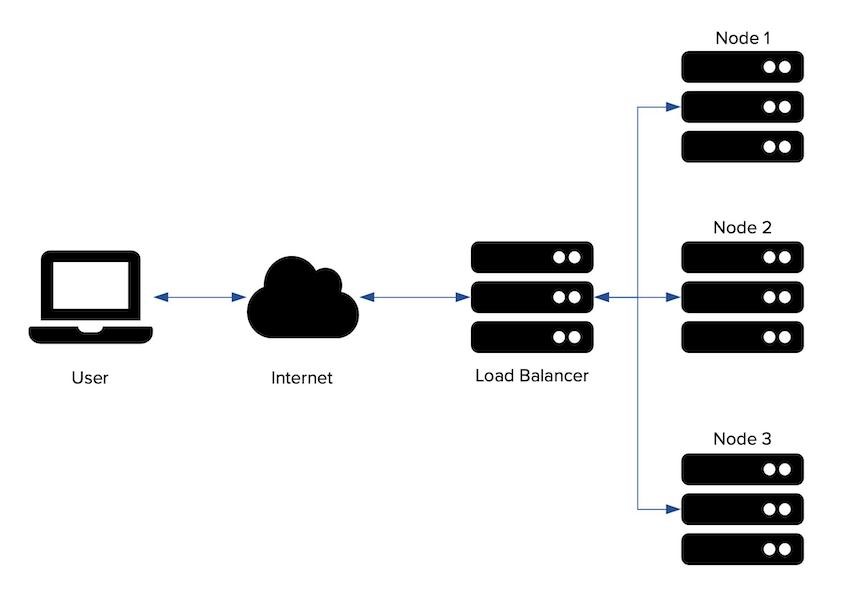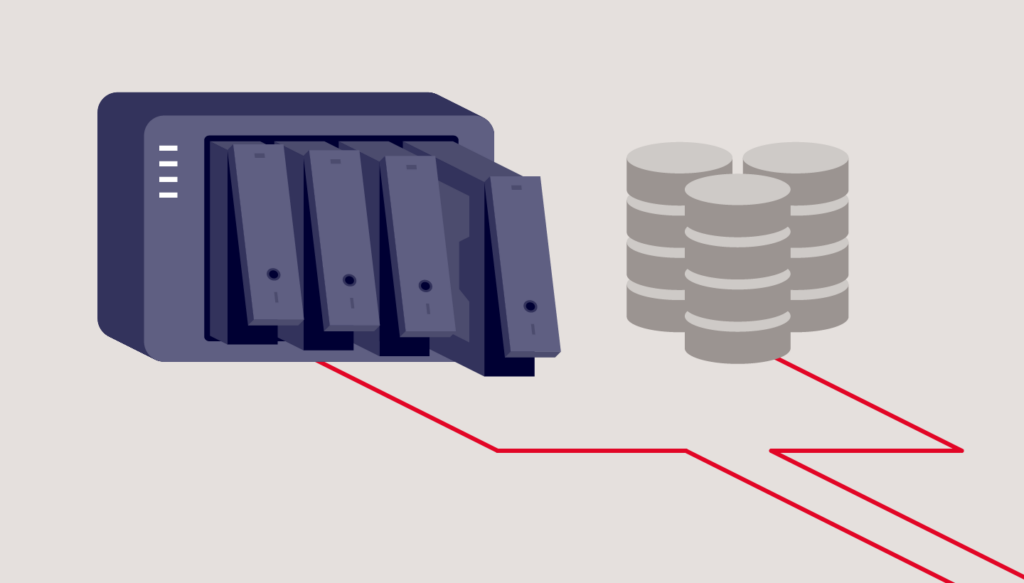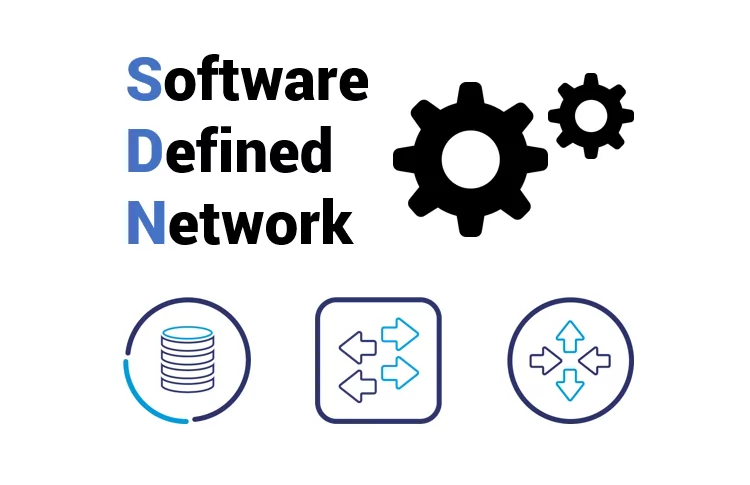
A load balancer is a device or service that sits between the user and the server group and acts as an invisible facilitator, ensuring that all resource servers are used equally.
Load balancing is the process of distributing traffic among multiple servers to improve a service or application’s performance and reliability.
Benefits of Load Balancing
- Application availability
- Application scalability
- Application security
- Application performance
Load Balancing Algorithms
- Round robin
- Threshold
- Least connections
- Least time
- URL hash
- Source IP hash
- Consistent hashing

Different Types of Load Balancers
- Layer 4 load balancers
- Layer 7 load balancers distribute requests based on data found in application layer protocols such as HTTP headers and cookies.
Cloud-Based Load Balancers
- Application Load Balancing
- Global Server Load Balancing
- DNS Load Balancing
- Network Load Balancing
- HTTP(S) Load Balancing
- Internal Load Balancing
Load Balancer Technology
- Hardware Load Balancer
- Software Load Balancer
- Virtual Load Balancer






